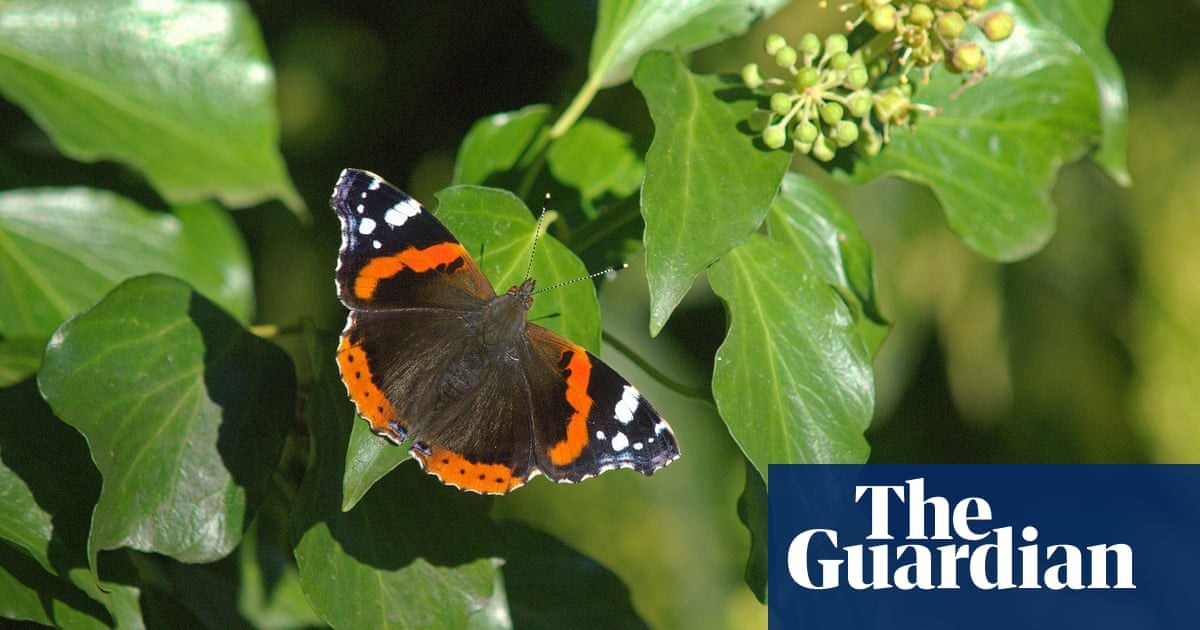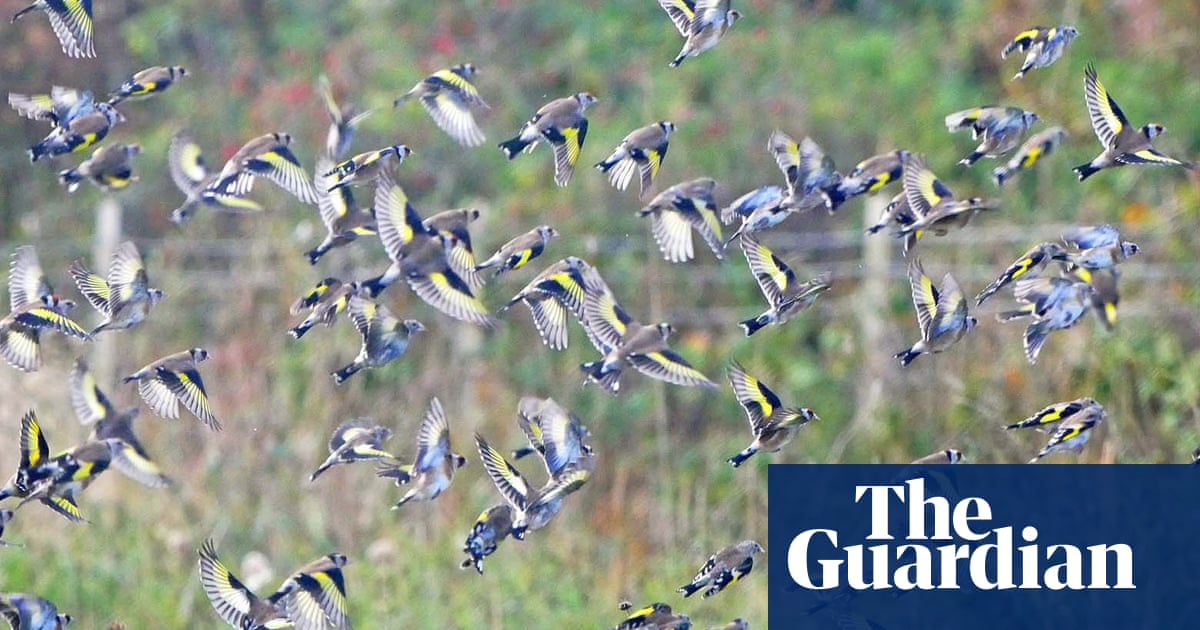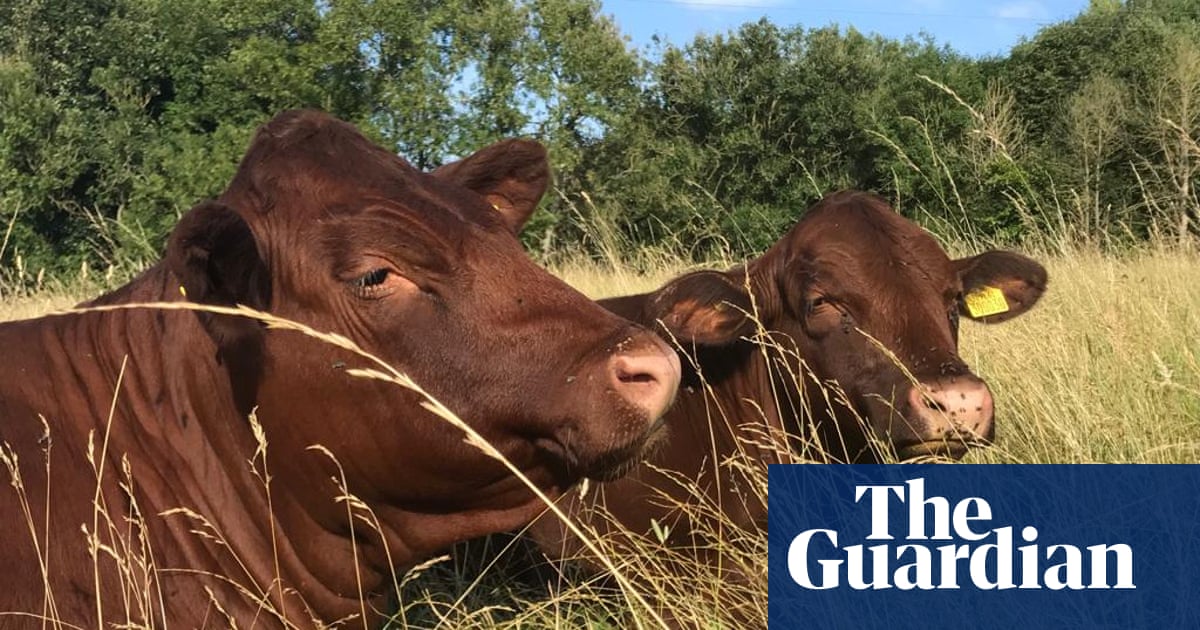
Atrod path winds between bilberries and heather, a tussocky mossy understorey to a wood of silver birches. The softly mauve heather, fading now, combined with gnarly tree trunks, gives it the feeling of a fairy wood. We fill a tub with small dark bilberries, fingers stained iodine purple, tastier than any shop-bought blueberries.
Out into the sunlight, we cross a rough sheep pasture, long grass stalks swishing against bare legs. There, where the stock were fed last winter, a trampled muck-rich ring is studded with field mushrooms, domes of white flattening out as they age. We carry as many as we can in cupped hands to take home.
It’s only later, when I have several intensely itchy welts, that I realise I’d foraged more than I intended. The “bites” are the result of harvest mites, almost microscopic arachnids related to spiders and ticks. Known as chiggers in the US, the larvae of Trombicula autumnalis feed on warm-blooded animals, often affecting dogs and cats – or humans – in late summer or early autumn.
It is only the six-legged larval stage that feeds on animals, the eight-legged adults being vegetarian. Found in gardens, parks or fields, they can be locally abundant. Adult harvest mites overwinter close to soil level, becoming active in spring when the females lay up to 15 eggs a day in vegetation. The tiny orange larvae wait on the tips of grasses for a suitable host or bare ankle to brush past before latching on.
They make their way to somewhere to feed, often where there’s tight clothing: under socks, bra straps or soft places like the groin. There, the larvae thrust small hooked fangs (chelicerae) into the surface layers of skin, painlessly piercing it before injecting digestive enzymes. These liquify the tissues that they then suck up, as if using a straw, through hardened surrounding cells that form a tube called a stylostome.
After feeding they drop off into the soil to turn into eight-legged nymphs, then adults. Harvest mites in the UK don’t transmit disease, they just drive you crazy with itching. The best protection is being well covered. As blues musician Seasick Steve sings: “I wear my socks up to my knees … leave me alone little chiggers”.












